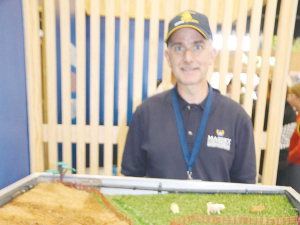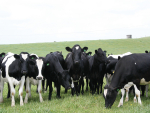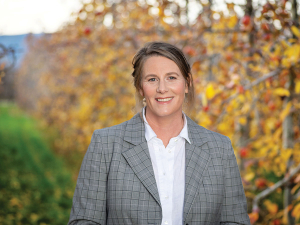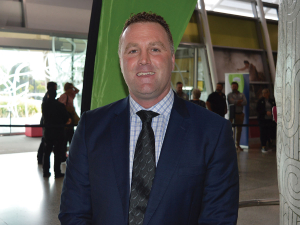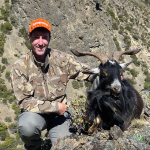Massey University has come up with a simple and cost effective way of stopping sediment and phosphorus getting into rivers and lakes.
Professor Chris Anderson demonstrated the solution at Fieldays, using a model to show how it's done. It involves creating a bund or small wall at the bottom of a slope where water off a hillside flows.
For example, this could be at the bottom of a gully where there isn't a stream.
He says the model gives the impression of a small creek, but in reality this is not the case.
Rather, Anderson says it's a depression where heavy rain water flows but it is not permanently wet and water just soaks away over a short period of time.
"The aim is to show in simple terms that one of the big problems when we lose soil from our landscapes in NZ is that this sediment also contains phosphorous," he explains.
Anderson says the 'containment bund' detains the rain water for a short period only - maybe three days - and then it drains away leaving the sediment behind. He says the good news for farmers is that because it is just a bund and not a dam, farmers don't need to get a consent.
Anderson adds that because the water contained in the bund is only there for a few days, there is also no need to fence the area.
"When the water behind the bund dries out, the sediment that is left behind can be grassed over or a cover crop planted and nutrients left behind can be used to good effect."
He says the idea is not new, but Massey University has been promoting it because it provides a simple and effective solution to a significant problem. Anderson says a catchment group of farmers in Rotorua have been using this approach as part of a project to better understand landscapes and improve environmental outcomes.
He says the good news is that the system meets all the requirements of the Government's water regulations and is simple to implement.





